One of the best parts about traveling to other countries is that you are able to see how other people live their lives. You get to see aspects of their daily life, their mannerisms, what food they eat, or even something as basic as how they interact with their family. My favorite part though is you get to see how other cultures stay healthy. Every country has its own thoughts on how to live a long and happy life. Some believe in exercising a lot, some think eating well is the fountain of youth, while others are convinced that laughter leads to longevity. No one truly knows what the sole key to a long lifespan is, but we can certainly use different pieces of various cultures to stay healthy. Here are 7 health hacks other cultures use to improve their health:
1. Green Tea (Japan)
It’s no secret that Japan is home to the oldest life expectancy in the world (Men 79 years old, Women 86 years old). Every other culture wants to know why Japanese people live so long. The secret? No one is quite sure as there are many different reasons, but many believe green tea plays a factor. There have been numerous studies on green tea and its health benefits. From maintaining oral health to preventing cancer, green tea has started to become popular outside of Japan. This can be seen in many cafés around the world as many people now drink Matcha Lattes, a green tea powder.
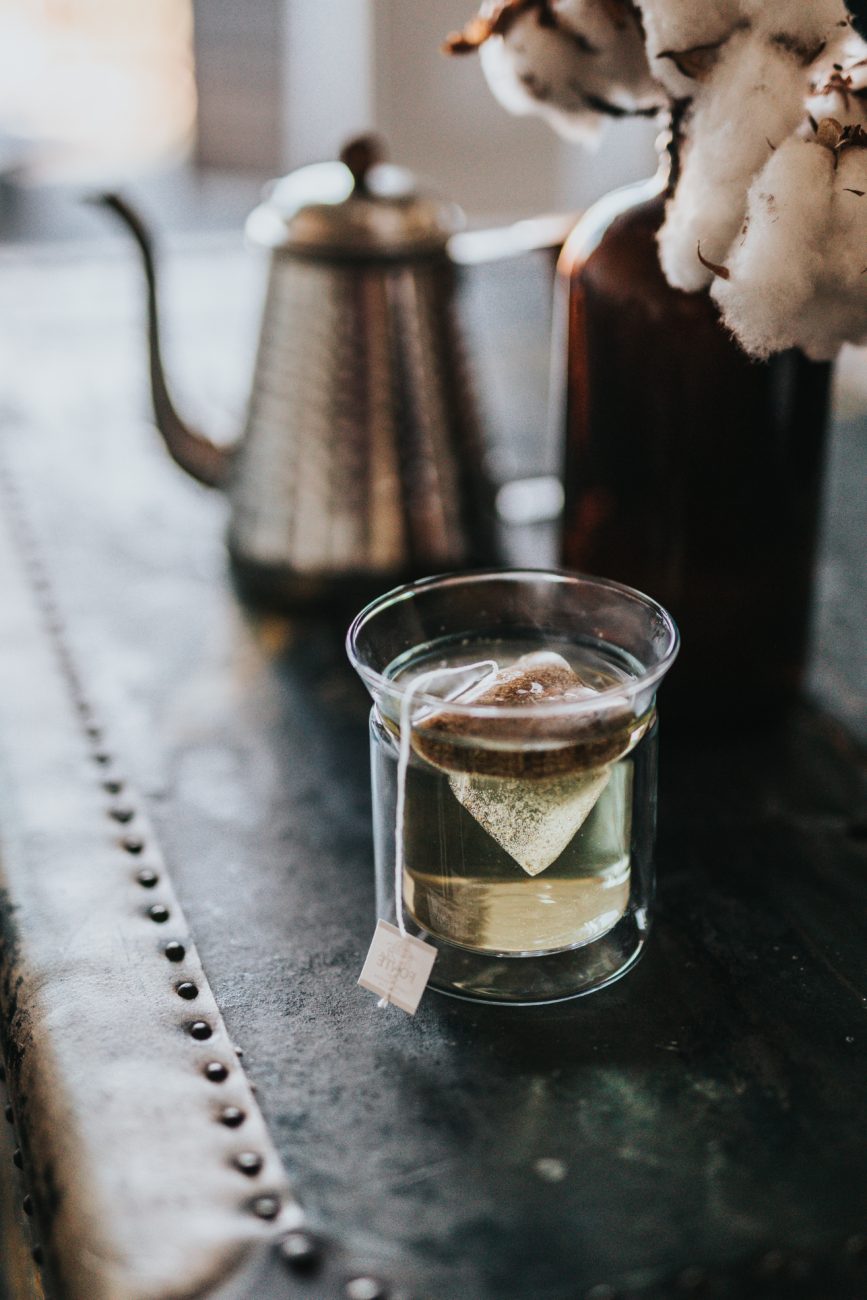
2. Small Portions (Europe)
As an American, this is one of the first things I noticed when I lived in Europe. Compared to the massive servings back home, Europe’s plates are tiny. This was great for me because if I have food in front of me, I’ll eat it. Instead, Europe’s portions are just enough. The plate sizes prevent you from overeating and feeling incredibly full after your meal. I have come to realize that there is no reason for the huge portions. Europeans pair their small serving size with a long drawn out dinner with friends and family. I think Europeans are onto something.
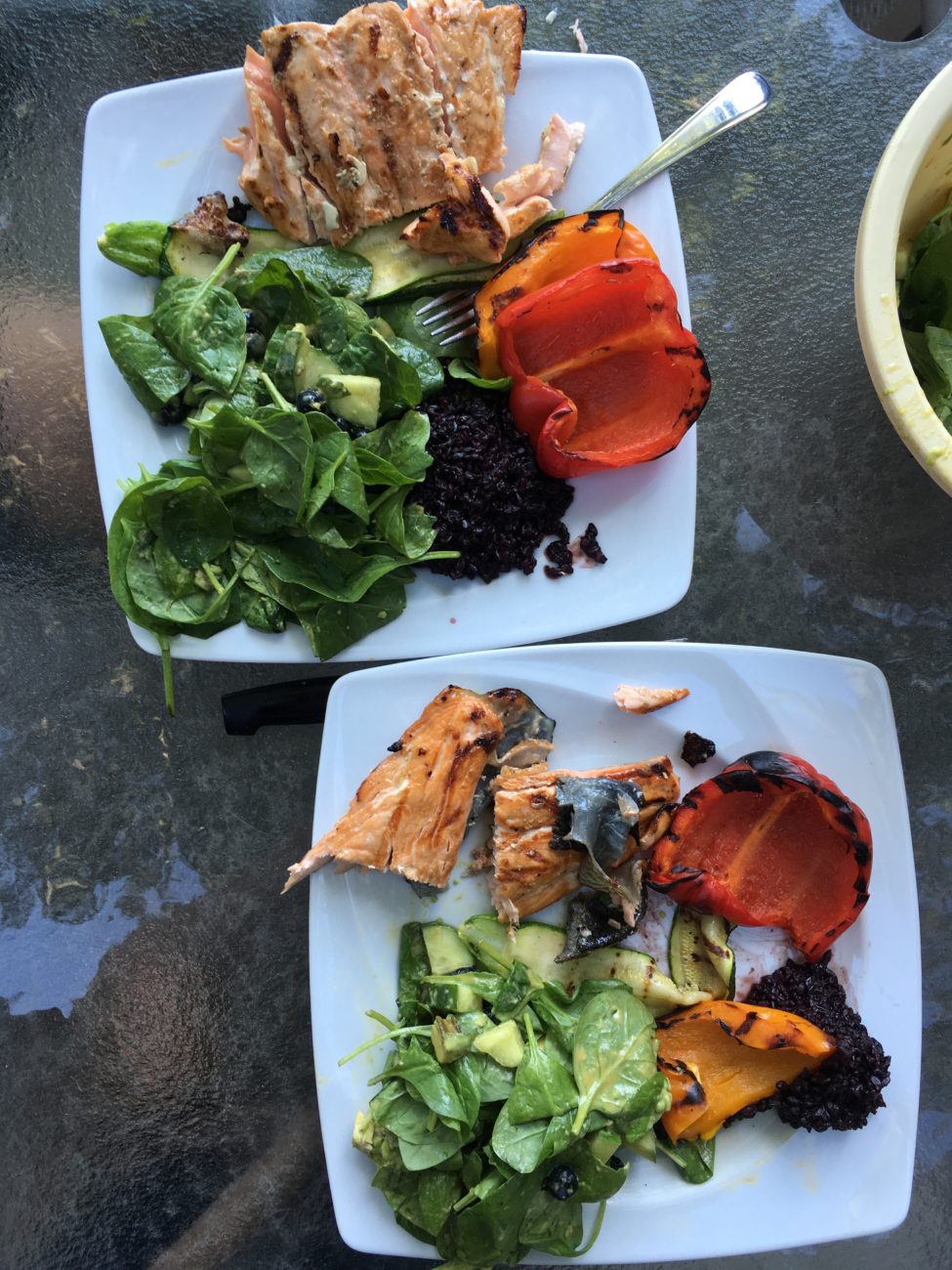
3. Low Carb Diet (Mediterranean)
The Mediterranean diet is heart healthy, low carb, and high protein. It’s only caught on in the past decade in North America but has been around for centuries in Mediterranean countries, where meals are events. The health benefits associated with the diet are plenty. The diet has been shown to reduce bad cholesterol, reduce cardiovascular diseases, and cancer. So what exactly is a Mediterranean diet? The key components are eating plant-based foods such as fruits and vegetables, replacing butter with healthy fats such as olive oil, using herbs and spices to flavor dishes, and of course, drinking red wine. Another aspect of a Mediterranean diet is taking the time to prepare fresh food and enjoying the meal in the company of family and friends. We’ll raise a glass of wine to that…in moderation of course 🙂
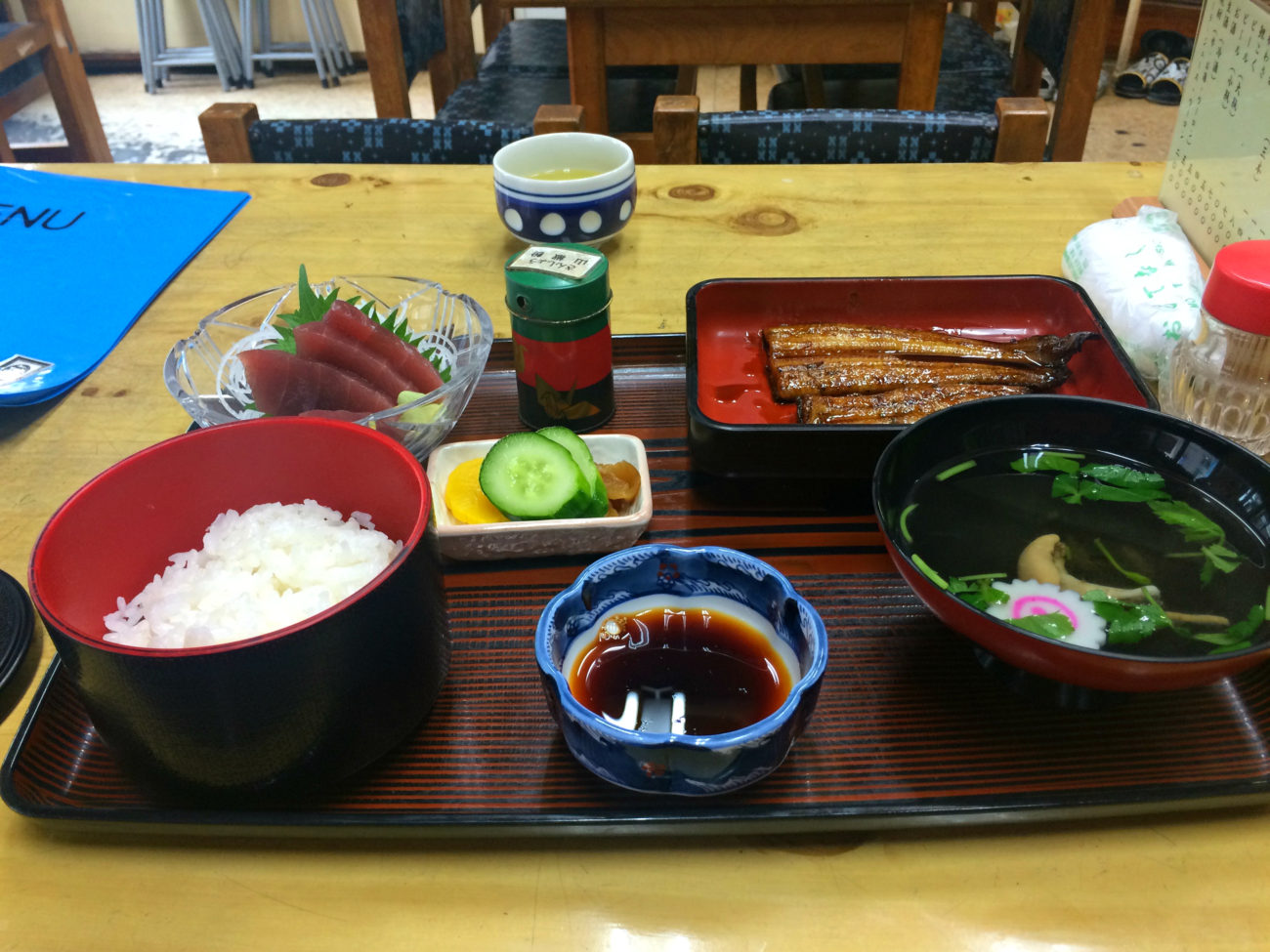
4. Nature Getaways (Canada)
Canada is known for their long, harsh winters, but that doesn’t stop Canadians from going outside and enjoying the weather. No matter the season, Canadians can be found outside in nature. In winter, they love to ski or snowboard. In all other seasons, you can bet they will either be hiking, rock climbing, kayaking, canoeing, or enjoying a whole host of other outdoor activities. Canadians value their time in nature and it’s a big reason why they have a great work-life balance. They believe in working hard during the week and having fun outside on the weekend. Luckily, they have some of the most stunning nature on Earth.
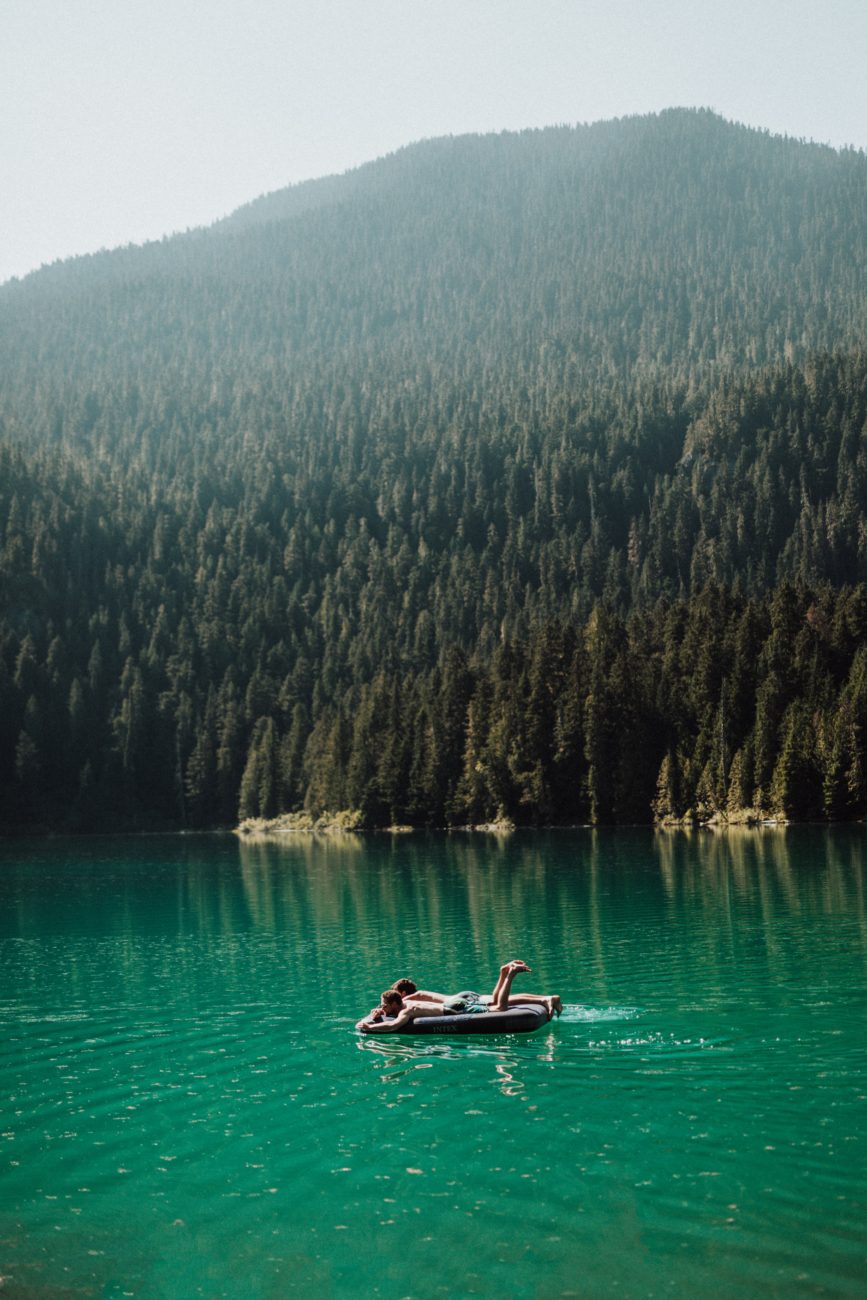
5. Nordic Spas (Scandinavia)
Have you always wondered why every spa wants to be known as a “Nordic” spa? It’s because Scandinavia is the gold standard when it comes to spas. They are known around the world for their famous images of saunas and steam rooms in the snow. Scandinavians take their spas seriously. The tradition dates back thousands of years and is usually a full day outing for the entire family. There is a simple three-step system to a Nordic spa treatment. It involves a circuit consisting of firstly working up a sweat in a sauna and, secondly, taking a dip into cold water. The third and final step is to take it easy and relax in an outdoor steam bath. There are various health benefits for doing this circuit. It has been shown to improve the immune system, good for skin health, and reduce stress. There’s a reason why Scandinavians are some of the happiest people on Earth.
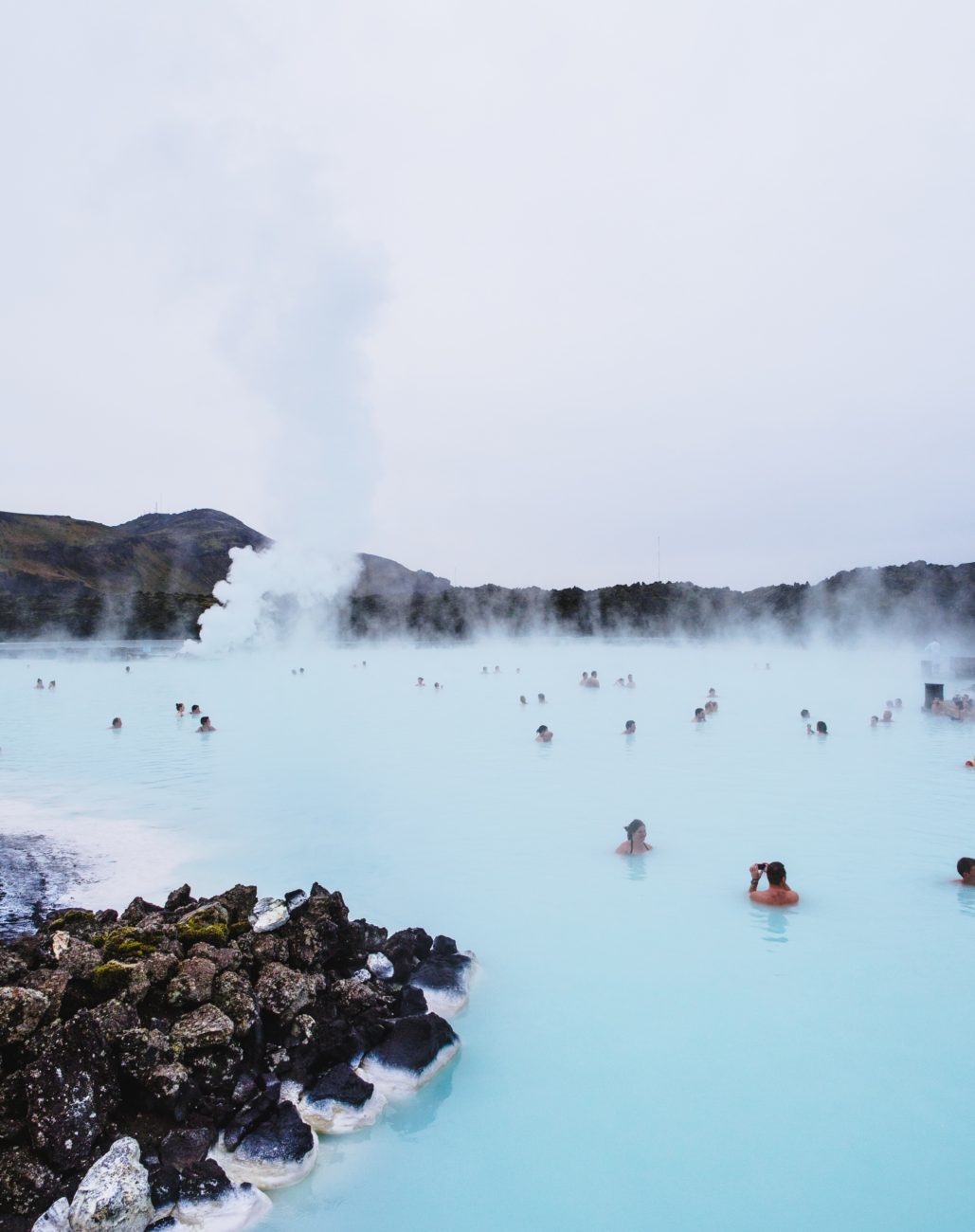

6. Muesli (Switzerland)
Muesli is a breakfast dish that was invented by a Swiss doctor over a hundred years ago for his sick patients. Based on raw rolled oats, grains, fruits, and seeds, the breakfast is high in fiber, is easy to make, and has become a popular choice of cereal for people all over the world because of its health benefits. It’s pretty tasty too.
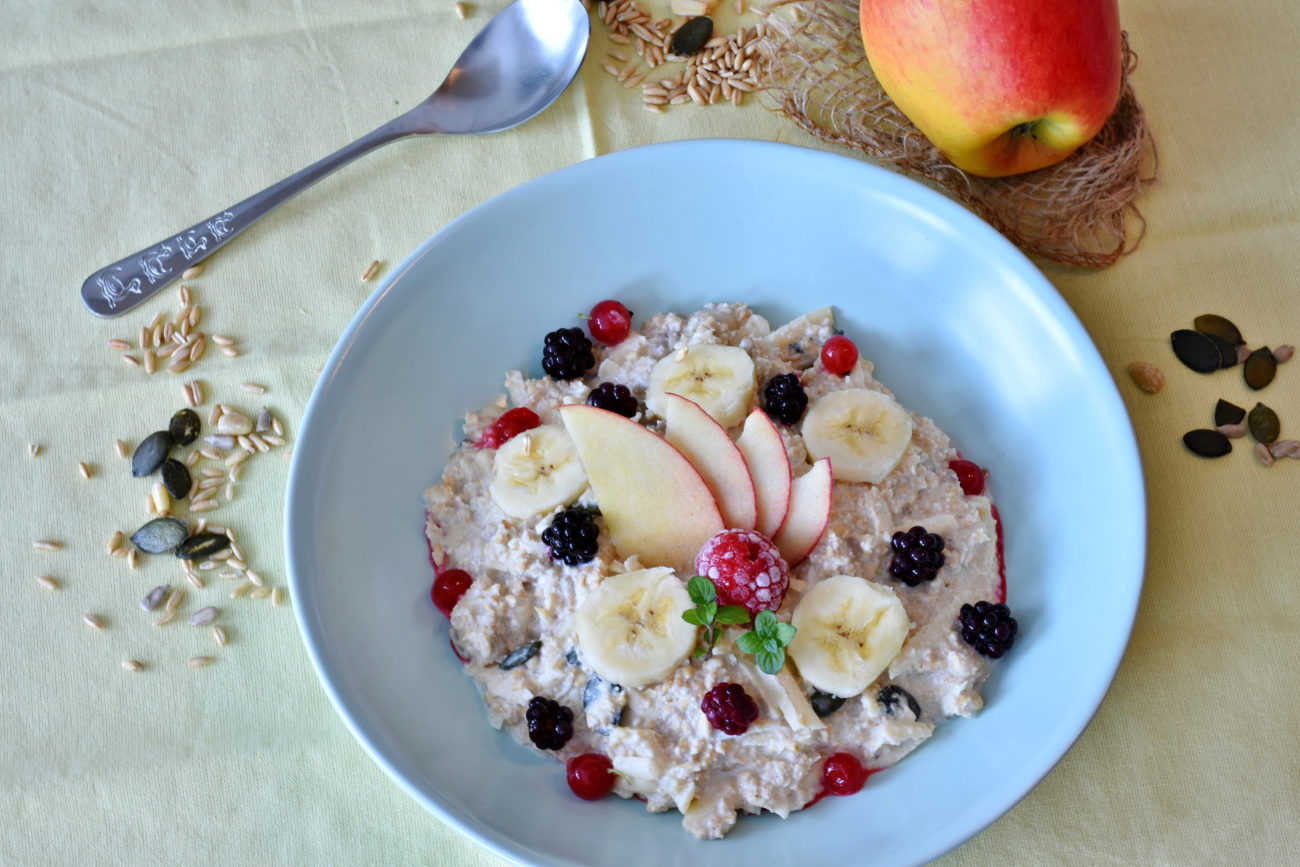

7. Siesta (Spain)
A siesta (Spanish for “nap”) is a short nap in the early afternoon—usually just after lunch—that is quite a common occurrence in Southern European countries such as Spain and anywhere else where Spanish influence has spread throughout the world, e.g. the Philippines and Hispanic American countries. Studies have shown that those who nap have less risk of heart attack and that there is a 37% reduction in coronary mortality. The siesta has gone by the alternative name of “power nap” elsewhere around the world where, it too, has been shown to have various health benefits. Health benefits aside, who doesn’t sometimes need that extra energy in the afternoon during work?!


Suggested next reading: 9 Simple Tips To Stay In Shape On The Road

